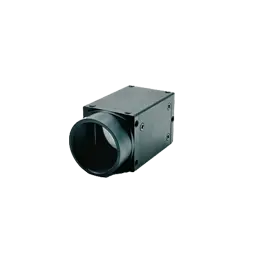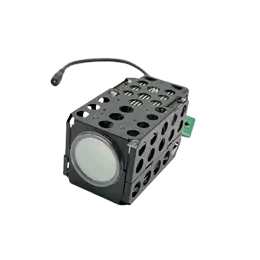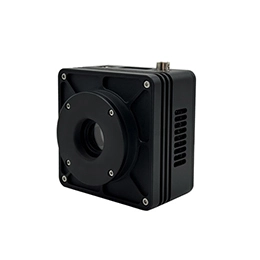Firstly let's have a look at what is SWIR short wave infrared. The swir short wave infrared is part of the solar spectrum. The biggest feature of short wave infrared is that it has photo thermal effect and radiant heat. It is the largest photo thermal effect area in the spectrum. Short wave infrared is a kind of invisible light. Like all electromagnetic waves, it has the properties of reflection, refraction, scattering, interference, and absorption. The propagation speed of short wave infrared in vacuum is 300000km/s. Short wave infrared is attenuated when propagating in the medium, and the attenuation in metal is very large, but infrared radiation can pass through most semiconductors and some plastics, and most liquids can absorb a lot of infrared radiation.
Different gases have different absorption levels, and the atmosphere has different absorption bands for different wavelengths of short wave infrared. Research and analysis show that short wave infrared with wavelengths of 1 to 5 μm and 8 to 14 μm has a relatively large "transparency". That is, short wave infrared of these wavelengths can penetrate the atmosphere well. Any object in nature, as long as its temperature is above absolute zero, can produce short wave infrared radiation.
The photo thermal effect of short wave infrared is different for different objects, and the intensity of heat energy is also different. For example, black bodies (objects that can fully absorb the infrared radiation projected on its surface), mirror bodies (objects that can completely reflect infrared radiation), transparent bodies (objects that can completely penetrate infrared radiation) and gray bodies (partially reflective or objects that absorb infrared radiation will produce different photo thermal effects. Strictly speaking, there are no black bodies, mirror bodies and transparent bodies in nature, and most objects belong to gray bodies.
The physical nature of infrared radiation is thermal radiation. The higher the temperature of the object, the more infrared radiation is emitted, and the stronger the energy of infrared radiation. Studies have found that the thermal effects of various monochromatic lights in the solar spectrum gradually increase from purple light to red light, and the largest thermal effect occurs in the frequency range of infrared radiation, so people call it infrared radiation thermal radiation.
The above-mentioned characteristics are the important theoretical basis for the use of swir image sensors in military and scientific research projects such as satellite remote sensing and telemetry and infrared tracking.



